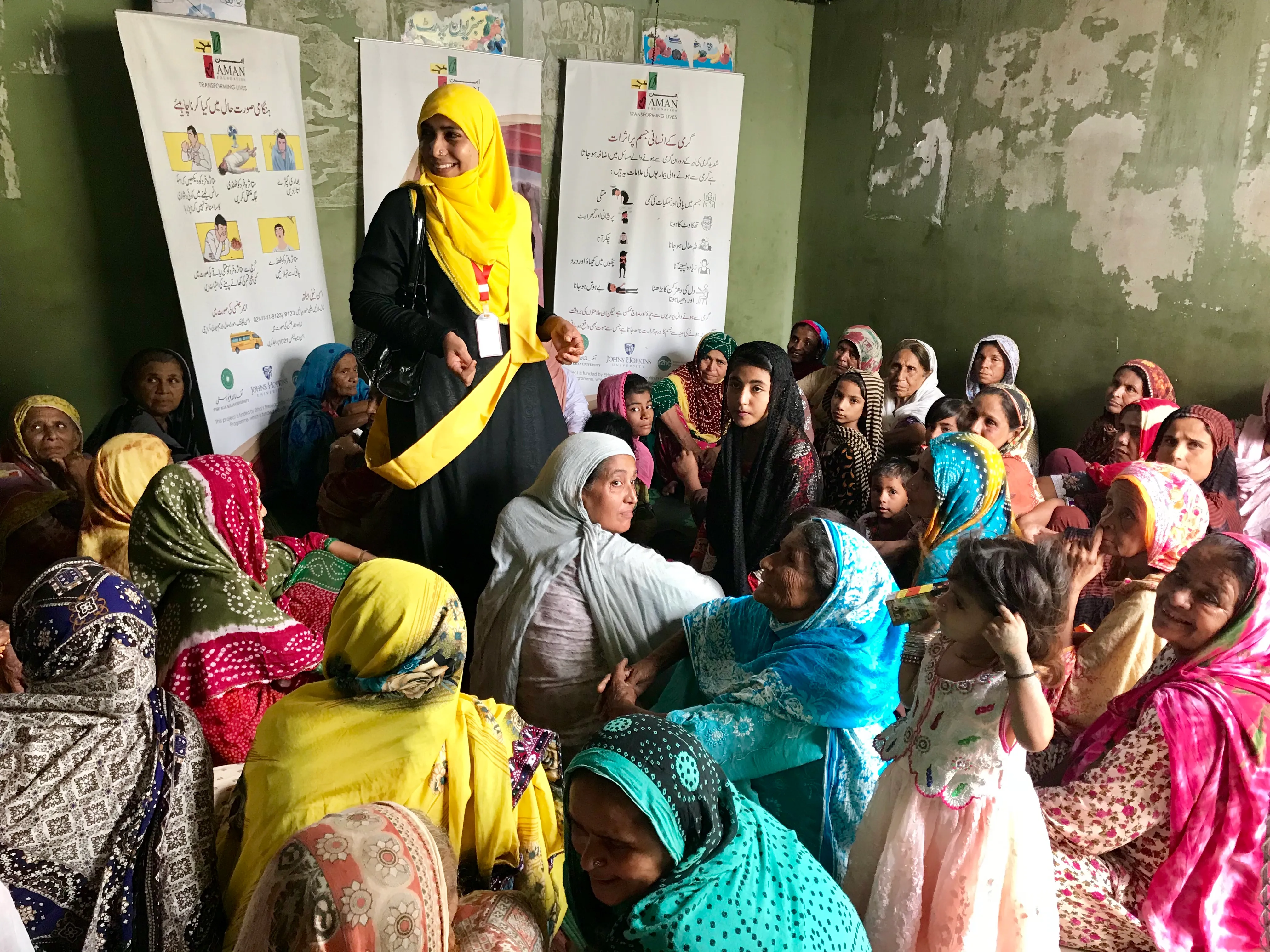Beneficiary Communications team in Haiti reach another milestone

Last week the Beneficiary Communications team in Haiti reached another milestone with the publication of a report reviewing the impact of its program throughout the last year.
Anyone who fancies leafing through the document in full, or just getting a quick overview from the executive summary, can download it herehttp://www.ifrc.org/en/what-we-do/beneficiary-communications/beneficiary-communications---haiti-report-summary/
While highlighting the clear successes of the project – more than 1 million calls to the HIF funded Telefon Kwa Wouj interactive information line not least among them - the report also throws up some challenges for beneficiary communications as a discipline.
As a proof of concept, the results of the Red Cross beneficiary communications work in Haiti are unequivocal: there is a huge appetite among communities for improved access to information and improved two-way communication with aid agencies, and current technology offers us an unparalleled opportunity to meet this need.
At the same time, information collected during this process also offers agencies the potential to shape and re-shape their programs, making them more effective in addressing community needs, based on the feedback and patterns of information received.
The successes of beneficiary communications in Haiti shows that the tools now exist which can enable mass two-way communication – yes, their application still needs to be honed and there is much work to be done on how to translate information collected into program design and revision, but the potential, the proof of concept that it is possible, is with us. And we are determined to make the best use of it now and in the future.
The challenge now is to aid agencies and their commitments to listening to the communities where they work, to giving people in those communities control over program aims and implementation. We are still only scraping the surface of how technology and techniques - often considered routine in the private sector – can be adapted for humanitarian use. For us there can be only one option – the potential for beneficiary communication work to inform humanitarian work and improve people’s lives is too great to ignore.
Integrated alongside more traditional disciplines, beneficiary communication has to be an integral part of any humanitarian intervention.
Beneficiary Communications Team…
Stay updated
Sign up for our newsletter to receive regular updates on resources, news, and insights like this. Don’t miss out on important information that can help you stay informed and engaged.
Related articles



Explore Elrha
Learn more about our mission, the organisations we support, and the resources we provide to drive research and innovation in humanitarian response.